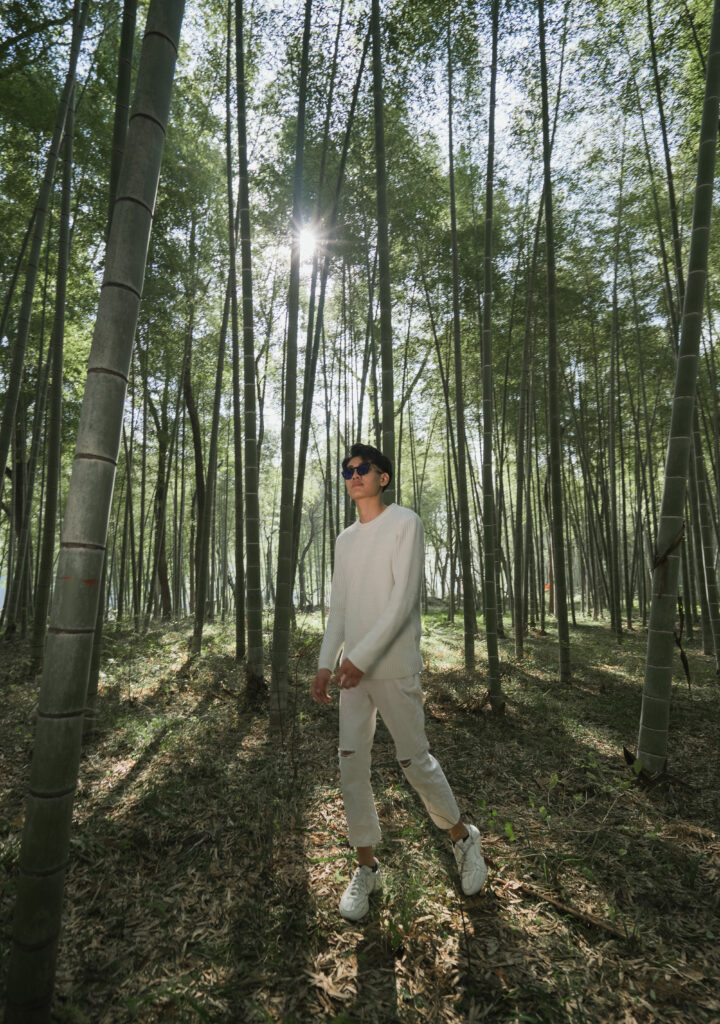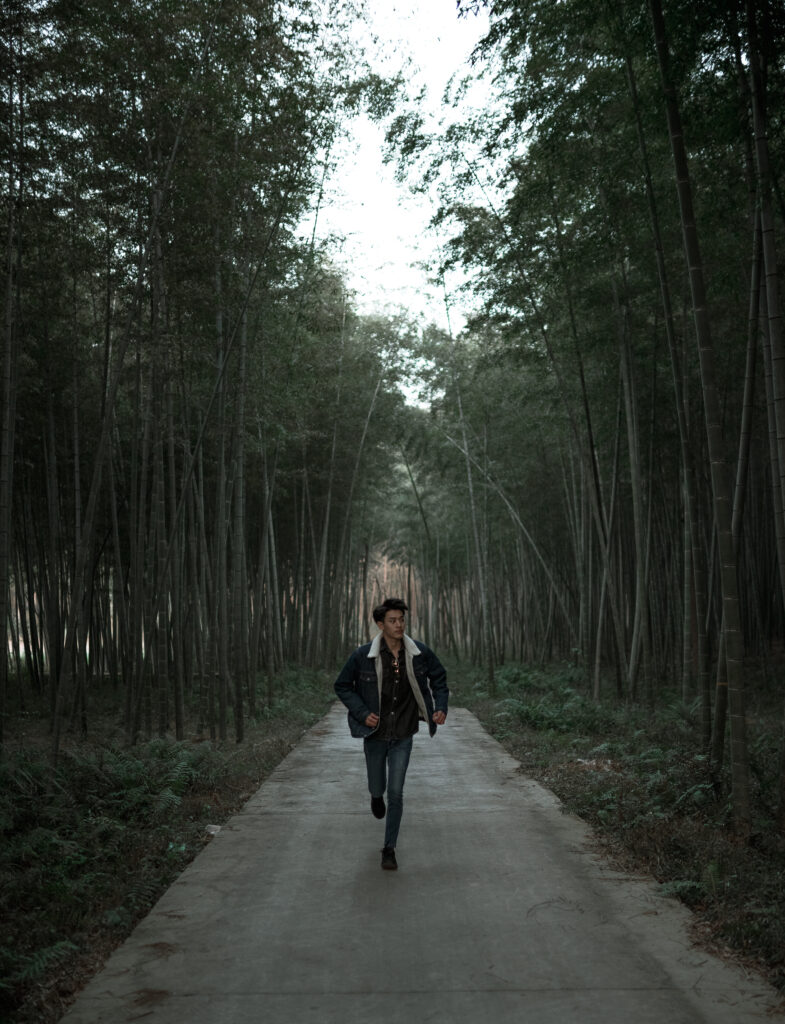A little known characteristic of these plants is that throughout their life they produce more oxygen than some common trees, due to the fact that they are in the grass family. Together with its rapid growth and oxygen supply, it is an indispensable material to combat global warming in the coming years, both by offering a resistant and biodegradable material and by regenerating the soils where it is planted.
Bamboo is a very varied material, depending on the type we can find very light types, but at the same time very rigid; other varieties can be heavier and flexible, and they exist slower growing varieties in which we can find very little marked veins and other varieties that can grow with an amazing speed.
This material has many colors, so it can bring variety to a number of products made from the same material. Its veins are very characteristic as well as its great resistance to pressure and not so much to traction. In construction it is widely used as a pillar or main structure on which to support an enclosure or wall. In fashion it is very used in small pieces of jewelry or watches and especially in glasses where this small flexibility allows the development of very varied models, but with a great resistance.
Another important feature to highlight is the small carbon footprint of this material. Being a completely natural material, CO2 emissions related to its cultivation are low, moreover, bamboo is one of the plants that absorbs more carbon dioxide, one of the main contributors to climate change, so it does a double function by reducing pollution where it is grown. For example, bamboo consumes carbon dioxide; a one-hectare plantation of bamboo produces 35% more oxygen than the same amount of ordinary trees. We can’t argue with those numbers. Bamboo also does not need much water, about 60% less than the average.
The founders of Parafina sought to create a project that went beyond creating a sustainable product. In Parafina we opted for bamboo both for its various shapes, colors and its countless applications, this material mainly from the fields of Asia has a sustainable origin as its production so its cultivation and exploitation are considered very beneficial in the creation of sustainable products both in origin generating employment and wealth in rural areas as well as in destination.


